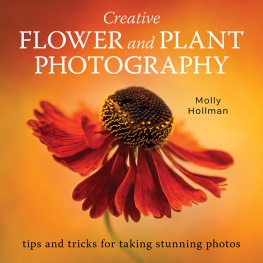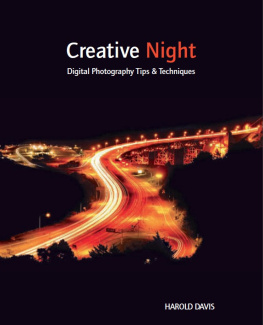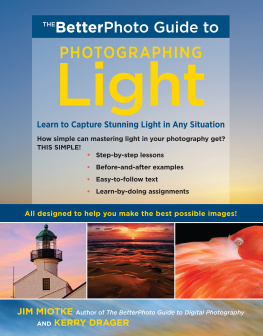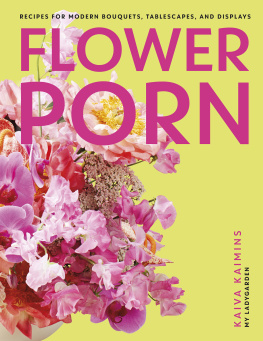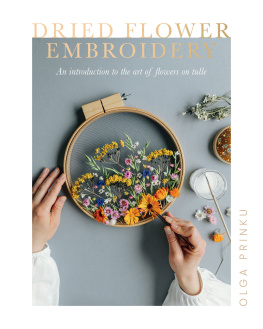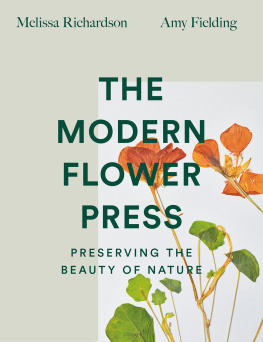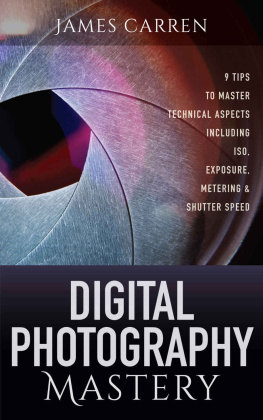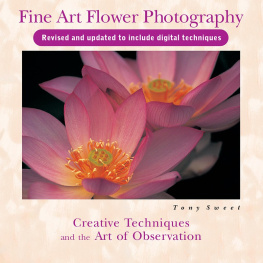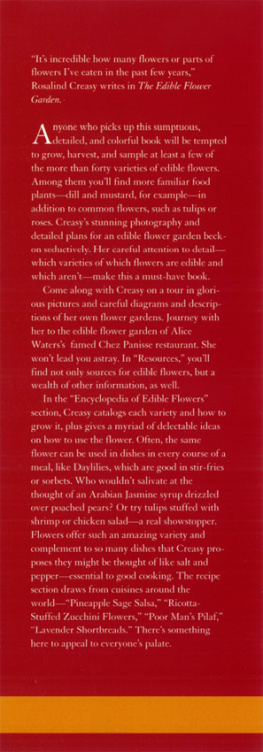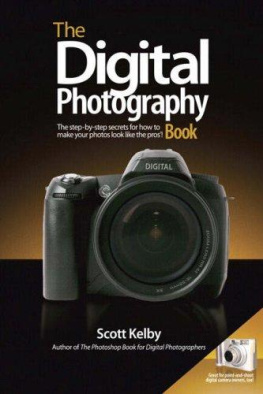Page List
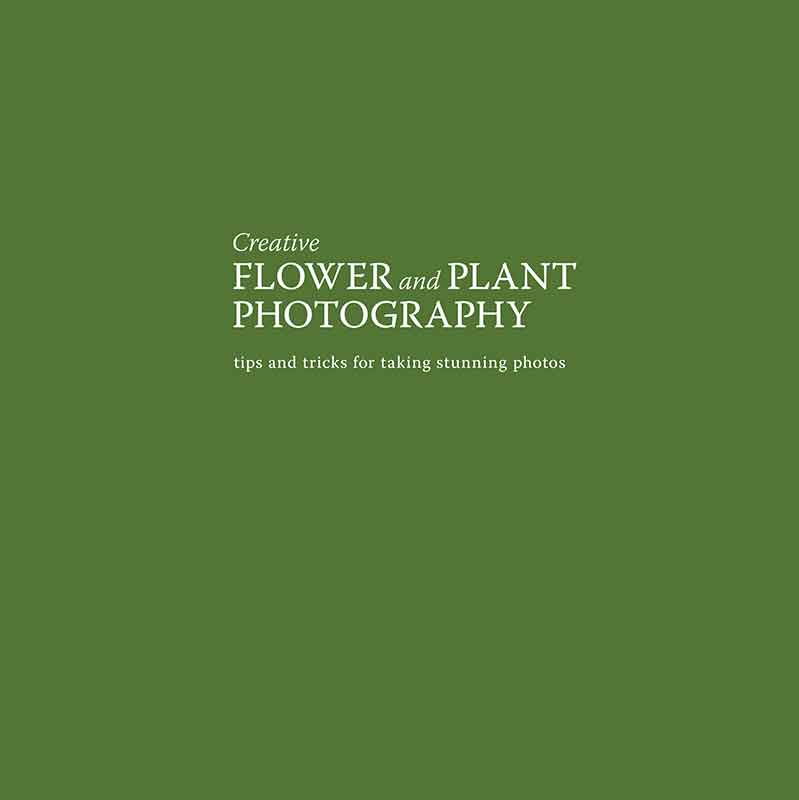
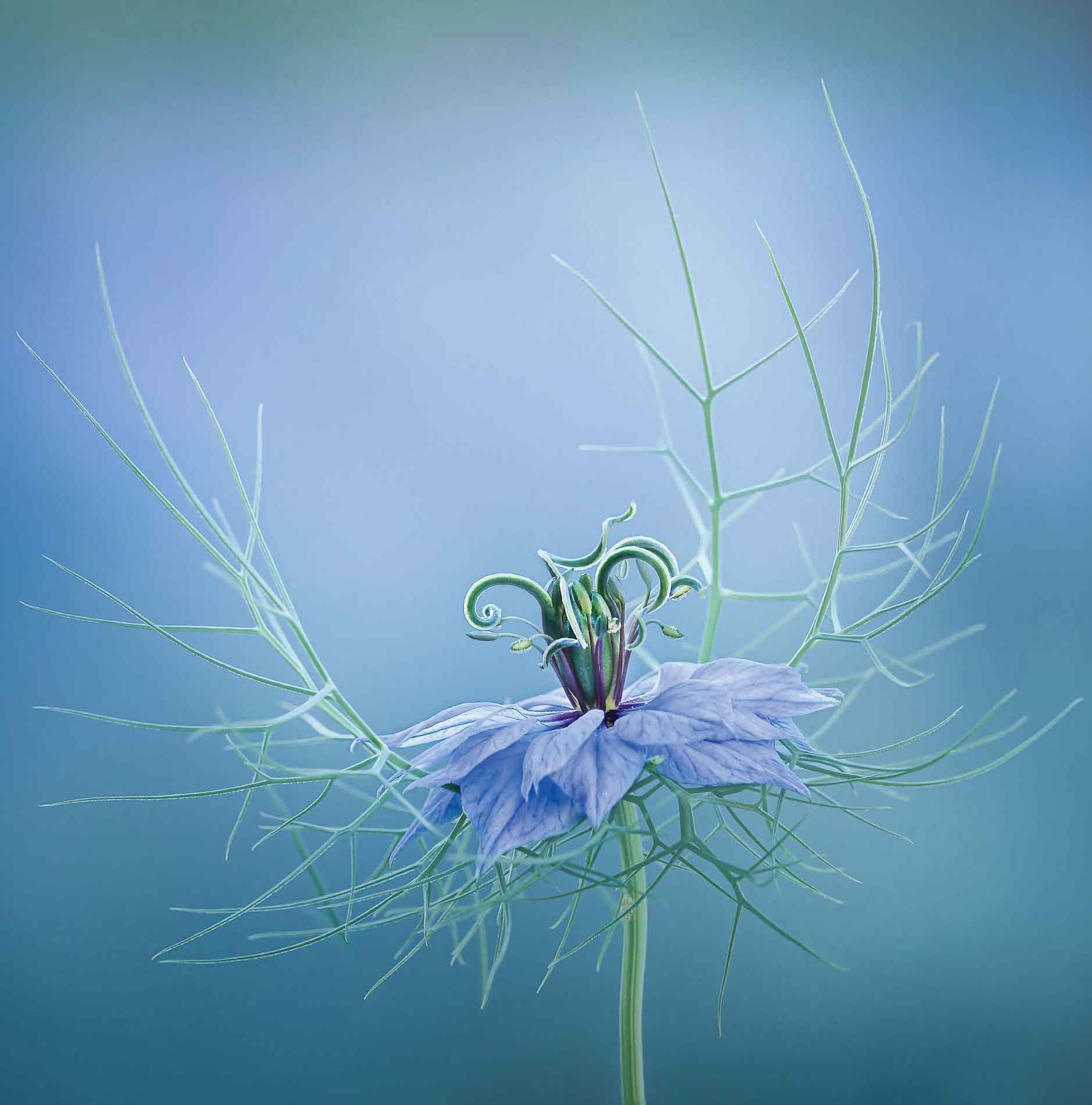
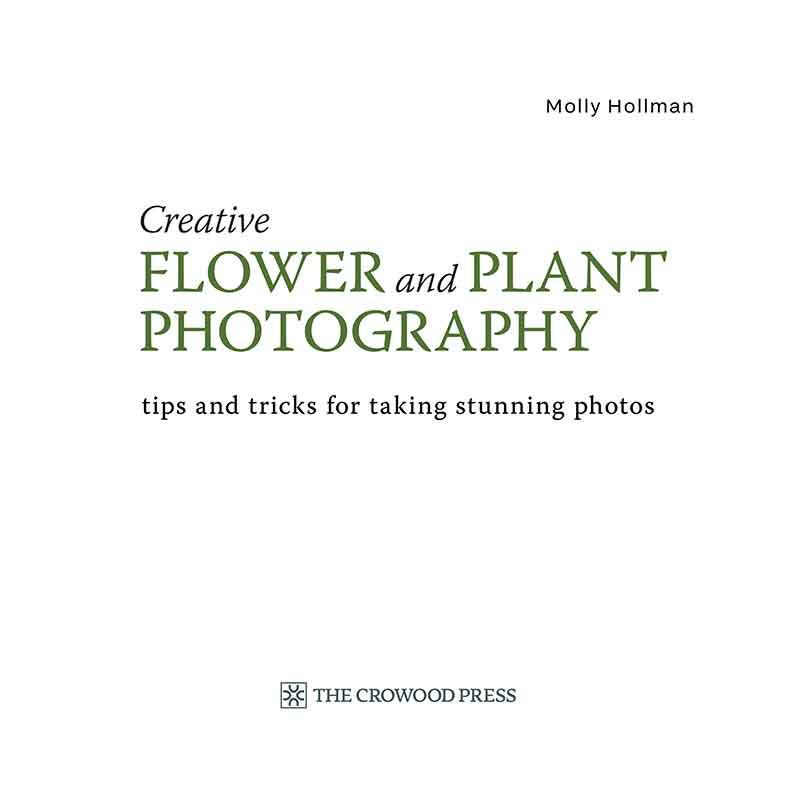

Introduction
I love being outside in nature.
About fifteen years ago I decided that I would take a camera when I was out walking or visiting local gardens to record some of the things I was seeing and the rest, as they say, is history. Much of my free time since then (often with two children in tow) has been spent trying to photograph the flowers and gardens I see in a way that comes close to representing their true beauty, and this isnt easy. Part of this journey has been learning to edit my photos on a computer so that I can bring light levels and colours back to the way I observed them in nature.
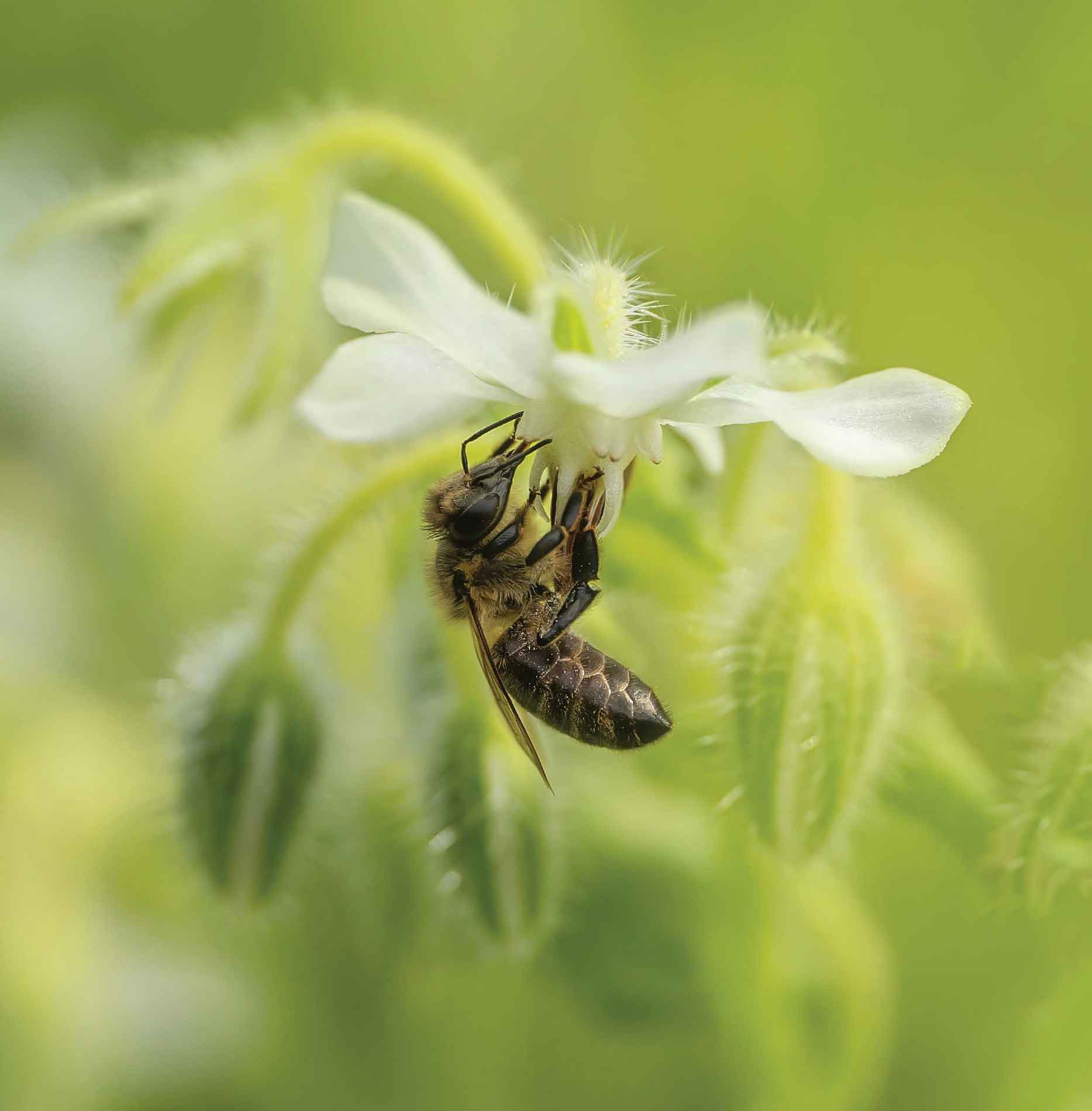
Honeybee on white borage flowers.
The stillness required to closely observe and find the best composition means that you become totally immersed in nature and are able (usually) to forget the rest of the world, if only for a few seconds. More and more people are turning to photography in this and similar ways to improve their mental health and well-being and I cannot recommend the benefits enough. As a teacher, Im fully aware that no one person can know everything and I still feel that Im on a journey with my photography but I also feel that Ive learnt enough to know what I like and enjoy, and want to photograph more. When Covid-19 hit I invested a lot of time replanting my own garden and am proud that some of my favourite photos were taken there.
Not everyone is lucky enough to have a garden but we can all be close to nature, even if that means a botanical garden in the middle of a city or some pots on a balcony. During the winter months I visit local florists and buy flowers to photograph indoors. Even this can bring some cheer to the dark winter.
I hope some of the ideas in this book will inspire you and that your time spent taking photographs of flowers and plants will bring you joy, as it does me.
Each chapter of this book will conclude with a selection of flowers, plants or garden landscapes that may be available to photograph in each particular month, depending of course on where you live and the climate. All of these photos were taken in the month that they are listed in and plants are usually labelled with their botanical name to avoid the confusion with the myriad of common and regional names that now exist.
CHAPTER 1
Equipment and Setting up your Camera
You can love a good camera the same way that you can love a good fountain pen. It moulds to your hands in the same way and just feels right. It will not make you a better photographer, but it might make you use it more and, critically, with more care. However, regardless of your choice of camera, the way to take good pictures is by looking. If you cannot see the shot then neither will the lens.
MONTY DON
I n this chapter Ill discuss the equipment that I use to get the most out of my flower and garden photography, but its never been my aim to exclusivize garden photography and to this end Ill try to cover everything, including budget options. Ill also discuss how you can use just a mobile phone and still get great photos.
Finally, Ill talk about the basics of setting up your camera, with a brief explanation of shutter speed, aperture and ISO, as a secure understanding of these will make a big difference to your approach to flower and plant photography.
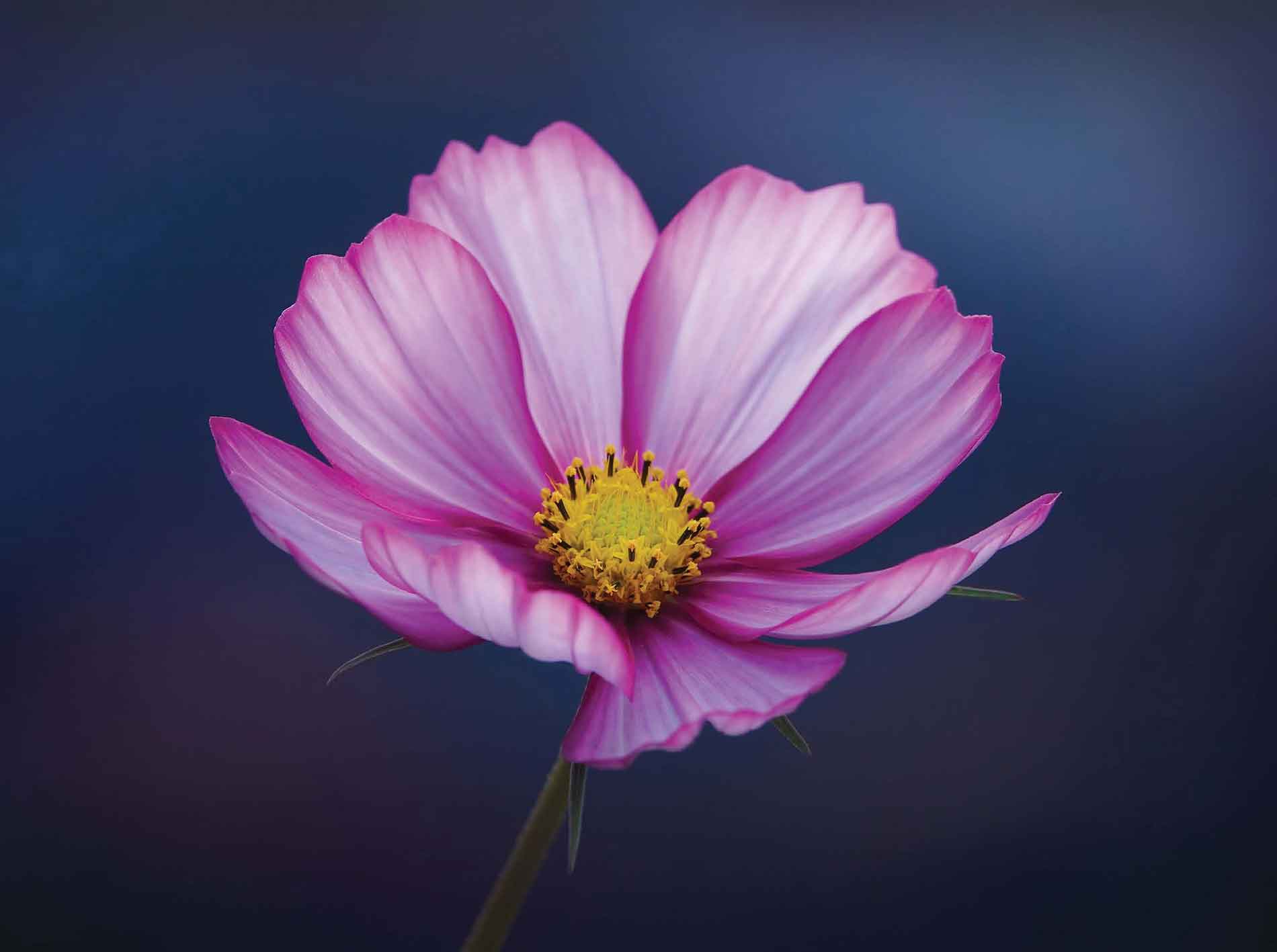
Cosmos bipinnatus in evening light.
CAMERAS
If youre reading this book its likely that youll have a digital interchangeable lens system camera, be it a DSLR (a single lens reflex camera with an optical viewfinder) or a mirrorless camera (with an electronic viewfinder or screen), although almost everything within the following chapters will work for film cameras (excepting obviously the digital post-processing) and mobile phones.
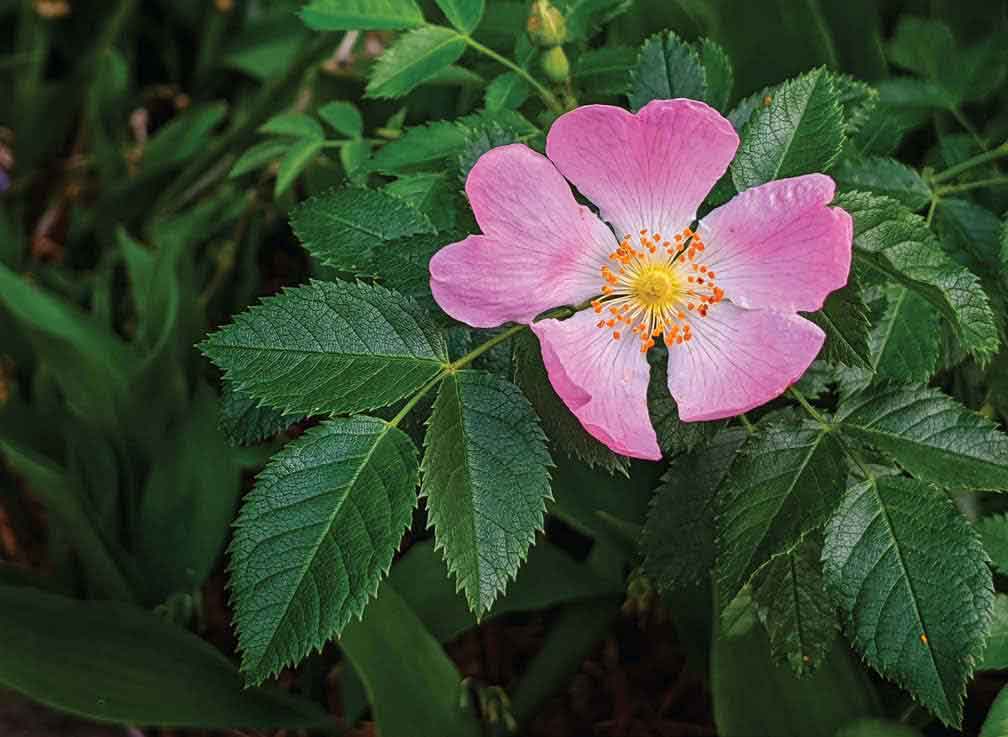
I took this photo of a rambling rose in a cemetery using my mobile phone as it was the only camera I had with me at the time. I edited it using Snapseed, which is a great free app for mobile phone editing, and is fairly straightforward to use.
There are pros and cons for both mirrorless and DSLR cameras and Ill discuss those here briefly, but for me its important that flower and garden photography should not mean an equipment upgrade and if youve bought your camera within the last ten years and it functions properly, it should be more than suitable.
There has been rather a pixel race in recent years as camera companies have tried to persuade the camera-buying public that the more megapixels (MP) the better. In reality, pixel count is not really that important unless youll be printing your photos at large sizes, such as A3 or above, or wanting to crop into an image a great deal in the edit. A camera or phone that has 8MP or above is usually more than ample to print at A4 size, or 8 10 inches (the size of many frames) and for sharing on social media or via email 1MB is more than enough. If you have money to spend it would usually be much better spent on a lens, new or second-hand.
DSLR cameras are beginning to wane in popularity as the trend for mirrorless increases, but they are still used by many photographers due to the enormous range in lens choice. At the time of writing it will be some years before mirrorless systems catch up on this score. The battery life on most DSLRs is usually longer than that of mirrorless cameras and users with larger hands often prefer them as they fit better.
Mirrorless cameras are increasing in popularity and most of the major brands now make them. Photographers are often preferring them because they are lighter and can sometimes have very advanced features, such as the ability to track human and animal eye movement. However these cameras can be more expensive than DSLRs and lenses made especially for mirrorless cameras are often still quite heavy, thus offsetting the lower weight of the camera.
Bridge cameras which have a single unchangeable lens can actually be very useful in flower photography as they often have very powerful zooms, which can enable you to zoom in to a distant flower that is out of reach, and will also blur the background nicely when at full or near-full zoom, something that can be very useful in flower and garden photography. However, good versions of these can also be quite expensive. Bridge cameras make good travelling cameras as they are very versatile, the only downsides being that they can struggle more in low light and can have difficulty focusing if the background is quite patterned.

